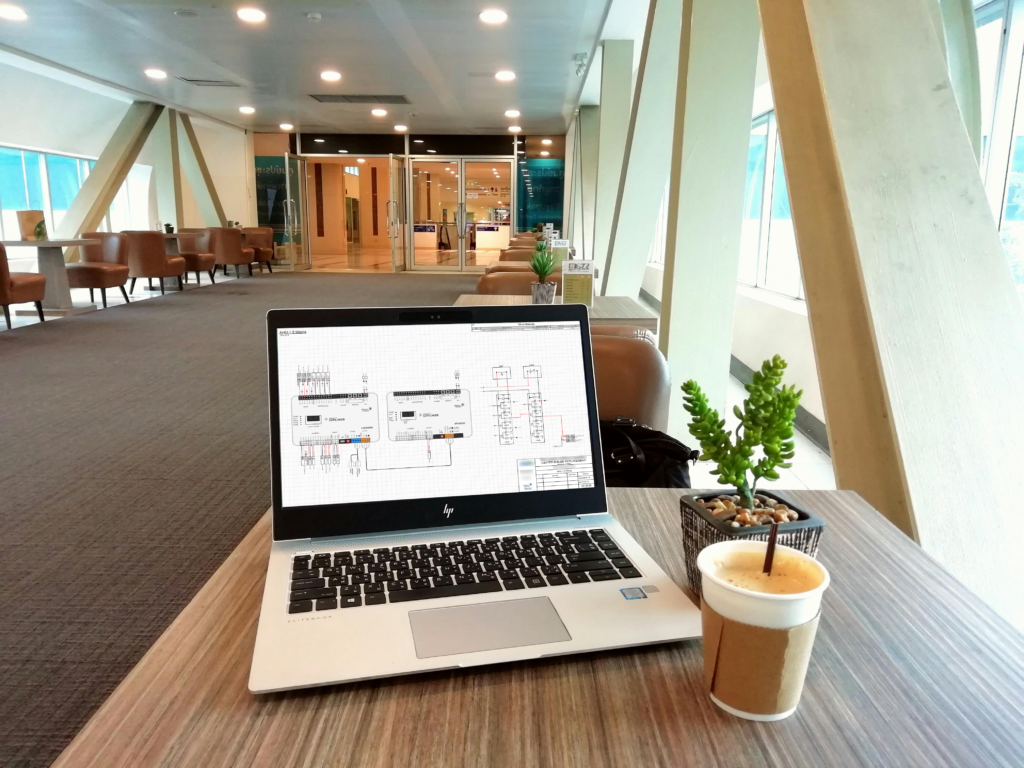Just imagine…you’re a successful contractor who is pioneering their space, with a powerhouse BD role that remains connected to all your top clients. They are relentless in their pursuit of excellent customer service. Things are going great, it’s a Monday and you’re about to have your weekly sales meeting. Then this person walks in, and gives their two-week notice.
This story just went downhill fast, didn’t it? Losing a key sales or business development role is rarely well timed. It’s not something you ever want to happen without some warning. Big moves and life changes can happen, but typically when a talented employee is ready to go, there were two major things at play – lack of financial incentive or lack of gratitude.
The second one is a major offense. Many contractors and manufacturers don’t realize how little they showed gratitude through incentives and milestones, because they scaled too quickly to keep track. Everyone, such as service repair technicians, project managers, safety roles, sales, operations, and more should receive incentives that inspire them to maintain important best practices each day. It reflects true gratitude for all they are able to accomplish, and our industry is hard work.
Who is in SALES? Everyone.
When you think of traditional “sales” activities, you can’t just think of roles who are client-facing or who attend events. Everyone in the company contributes to sales excellence, from customer service answering the phone every time to service repair technicians who have completed their repairs at dawn, sent emails updating the client, ordered parts, and secured a new maintenance contract, all through an app without ever having an in-person meeting.
This kind of excellence should be celebrated! Before it’s too late, and you lose a key role in your sales process – which could be anyone. Here are our top 10 incentives for vendors in the construction industry, along with ways to use Bidtracer to manage these incentives effectively:
Use Bidtracer to track incentives and operate with gratitude:
COMMISSION
- How it Works: Salespeople receive a percentage of the sales they generate. Salary isn’t an incentive to work harder, it’s only an incentive to remain employed. If you want additional sales output, include commission opportunities.
- Using Bidtracer: Save days of creating sales reports – Bidtracer will track sales progress and calculate commissions automatically based on your custom data.
COMPETITION
- How it Works: Organize monthly or quarterly sales contests with rewards for top performers in all departments.
- Using Bidtracer: Use the CRM module to monitor performance, leaderboard rankings for product sales, and notify participants of their standings.
PERFORMANCE
- How it Works: Offer bonuses for hitting specific sales targets or milestones.
- Using Bidtracer: Set up milestone tracking and alert sales managers when they and their team are nearing established goals.
TEAM WINS
- How it Works: Encourage teamwork by offering group rewards for achieving collective targets.
- Using Bidtracer: Track team performance metrics in Bidtracer and facilitate communication among team members, showing client and user activity in real time.

REFERRALS
- How it Works: Reward any employee for referring new clients or partners.
- Using Bidtracer: Manage and track referral sources within the CRM module, and automate the referral reward process.
UPSELLING
- How it Works: Offer incentives for selling specific high-margin or new products.
- Using Bidtracer: Create email campaigns within Bidtracer directly from the sales person to promote specific products and track their outreach generated sales.
RETENTION
- How it Works: Incentivize maintaining and renewing existing client contracts.
- Using Bidtracer: Monitor client relationships and renewal statuses with start and end dates for each contract and renewal, to identify opportunities for retention bonuses.
CONTINUED EDUCATION
- How it Works: Offer incentives for completing additional training or obtaining industry certifications.
- Using Bidtracer: Track training and certification records for all employees within the app, offering incentives for those who maintain their qualifications.
PERSONAL ACHIEVEMENT
- How it Works: Provide unique experiences (like trips or events) for top performers.
- Using Bidtracer: Use the CRM module to document hire date, birthday, certification anniversaries, title changes, and track who qualifies based on individual data, giving the ability to grant awards for the youngest to achieve a goal – which requires employee details and client history in the same CRM. Trying to utilize HR and Operations to reconcile this information with spreadsheets and multiple programs is nearly impossible.

Manage Incentives, Show Gratitude
By leveraging Bidtracer as a complete estimating, engineering, and CRM tool, sales teams in the construction industry can not only quote projects faster, but also completely manage sales activities and incentive programs within the app. You’ll gain valuable insights into user activity, proposal views, client activity, communication styles, and overall performance. This leads to continuous improvement, greater motivation company-wide, and incredible growth – just ask our current users including Carrier, ABB, Bray, Ferguson, Climatec, Johnson Controls, and more. Schedule a Bidtracer demo



